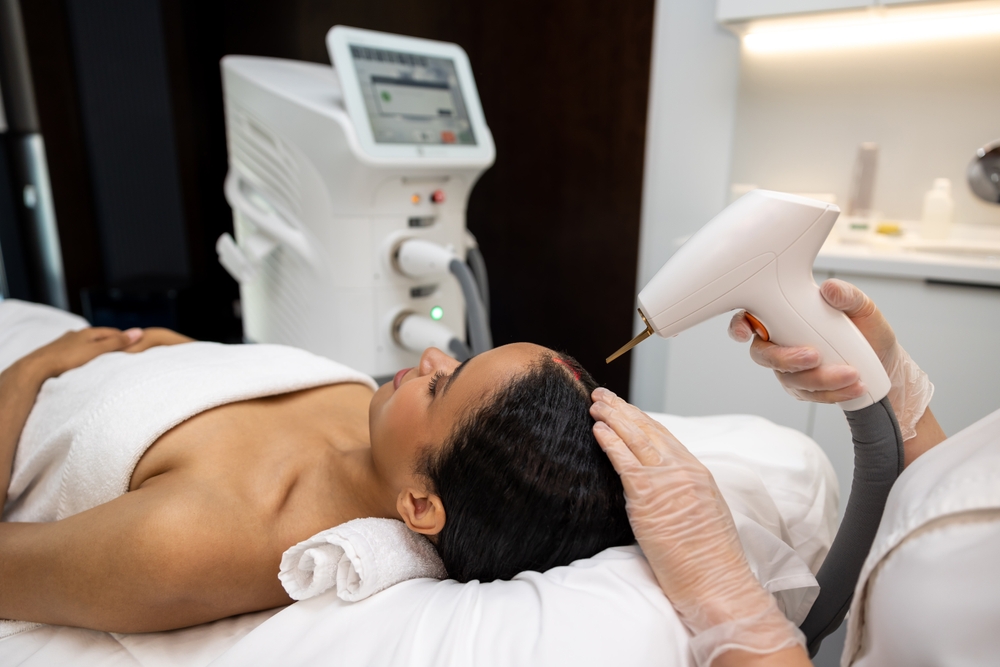Hair transplant procedures have become increasingly popular as a solution for hair loss, offering a more permanent alternative to wigs and topical treatments. If you’re considering this option, it’s essential to thoroughly evaluate your choices to ensure the best possible outcome. This guide will help you understand how to evaluate hair transplant options, considering various factors such as techniques, qualifications of the surgeon, clinic reputation, and cost.
Understanding hair transplant techniques
The first step in evaluating hair transplant options is to understand the different techniques available. The two primary methods are follicular unit transplantation (FUT) and follicular unit extraction (FUE).
- Follicular unit transplantation (FUT): This method involves removing a strip of scalp from the back of the head, from which individual follicular units are dissected and transplanted to the balding areas. FUT is often recommended for patients requiring a large number of grafts.
- Follicular unit extraction (FUE): In FUE, individual hair follicles are extracted directly from the scalp and transplanted to the balding areas. This method leaves minimal scarring and has a shorter recovery time compared to FUT.
Understanding these techniques will help you discuss with your surgeon which method is best suited for your specific hair loss pattern and expectations.
Assessing the surgeon’s qualifications
Choosing a qualified and experienced surgeon is crucial for the success of your hair transplant. Here are key factors to consider:
- Board certification: Ensure the surgeon is board-certified in dermatology or plastic surgery, indicating they have undergone rigorous training and adhere to high standards of care.
- Experience: Look for a surgeon with extensive experience in performing hair transplants, particularly the technique you are considering. Ask about the number of procedures they have performed and request to see before-and-after photos of previous patients.
- Reputation: Research the surgeon’s reputation through online reviews and testimonials. Positive feedback from previous patients can provide valuable insight into the surgeon’s skill and patient care.
Evaluating the clinic
The clinic where the procedure will be performed is another critical factor. Here’s what to look for:
- Accreditation: Ensure the clinic is accredited by relevant medical boards or organizations, which signifies adherence to safety and quality standards.
- Facilities: Visit the clinic to assess the cleanliness and state of the facilities. A well-maintained clinic with modern equipment is essential for a successful procedure.
- Support staff: Consider the qualifications and demeanor of the support staff, as they play a significant role in your overall experience and recovery process.
Cost considerations
While cost should not be the sole deciding factor, it is important to evaluate it in the context of the procedure’s value and your budget. Factors that influence the cost of a hair transplant include:
- Technique: FUE generally costs more than FUT due to the precision and time required.
- Number of grafts: The total cost often depends on the number of grafts needed. Be wary of clinics offering significantly lower prices, as this may reflect a compromise in quality.
- Geographical location: The cost can vary based on the clinic’s location. Urban clinics may charge more than those in rural areas due to higher operational costs.
Consultation and personalized assessment
A thorough consultation with the surgeon is vital. During this meeting, the surgeon will assess your hair loss, discuss your medical history, and explain the expected outcomes. Key aspects of a good consultation include:
- Hair analysis: The surgeon should conduct a detailed analysis of your hair and scalp to determine the best approach.
- Personalized plan: You should receive a customized treatment plan tailored to your specific needs and goals.
- Realistic expectations: A reputable surgeon will provide realistic expectations and discuss potential risks and complications.
Post-procedure care and follow-up
The success of a hair transplant also depends on the post-procedure care and follow-up. Ensure you understand the following:
- Recovery instructions: The clinic should provide clear instructions on how to care for your scalp post-procedure to promote healing and graft survival.
- Follow-up appointments: Regular follow-up appointments are essential to monitor progress and address any concerns promptly.
- Support: Access to support for any questions or issues that arise during the recovery period is crucial.
Conclusion
Evaluating hair transplant options requires careful consideration of the technique, surgeon qualifications, clinic standards, and cost. By thoroughly researching and consulting with professionals, you can make an informed decision that aligns with your goals and ensures the best possible outcome. Remember, a successful hair transplant can significantly enhance your appearance and confidence, making the effort invested in this evaluation process worthwhile.
This story was created using AI technology.










